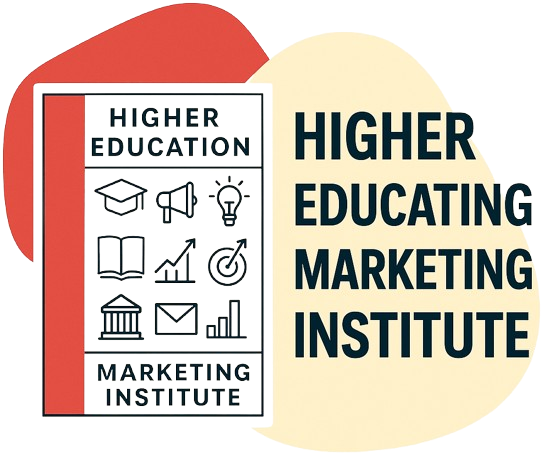
In a digital landscape where visibility and rankings on search engines are paramount, higher education websites must adeptly navigate the realm of Search Engine Optimization (SEO) to ensure their online presence remains strong.
As anachronistic as it may seem, the art of mastering SEO for these websites is crucial in attracting organic traffic and enhancing their visibility in a highly competitive online space.
Understanding what search engines prioritize and optimizing website content are key components to achieving this goal. Effective utilization of keywords, such as concise and relevant metadata, meta descriptions, and headlines, can significantly impact a website’s ranking. However, the days of relying solely on meta keywords are long gone, with search engines now prioritizing other factors.
By skillfully employing SEO techniques, higher education websites can position themselves as authoritative sources, ultimately leading to increased traffic and engagement.
In this article, we will delve into the intricacies of SEO and explore how it can be harnessed to propel higher education websites to new heights.
Key Takeaways
- Understanding search engine priorities and optimizing website content is crucial for higher education websites to maintain a strong online presence.
- Effective utilization of keywords, such as incorporating them into meta descriptions and headlines, can impact website ranking.
- Optimizing website content involves crafting metadata, URLs, page titles, meta descriptions, headlines, and alt-text.
- Most search engines no longer consider meta keywords for ranking purposes, so it is recommended to highly optimize pages with targeted keywords or abandon meta keywords altogether.
What search engines prioritize

Search engines prioritize various factors such as the raw text of web pages, the quality of metadata, the conciseness and descriptiveness of URLs, the relevance and length of page titles, the inclusion of targeted keywords in meta descriptions and headlines, and the presence of alt-text containing the targeted keyword for images.
These factors are crucial in determining the ranking of a website in search engine results.
The raw text of web pages is processed by search engines using an inverted pyramid bias, meaning that the most important information should be presented at the beginning of the page.
Optimizing website content involves writing good metadata, including meta descriptions that include relevant keywords and provide a user-friendly description.
Page titles should also be concise and within the recommended character limit.
Additionally, targeted keywords should be strategically placed in headlines and the body copy, but excessive repetition should be avoided to prevent being flagged as spam.
Finally, alt-text for images should include the targeted keyword to enhance the website’s visibility in search engine results.
Optimizing website content
Optimizing website content involves strategically crafting metadata, URLs, page titles, meta descriptions, headlines, and alt-text for images to enhance the visibility and ranking of web pages on search engines.
Metadata, such as meta descriptions and meta keywords, play a crucial role in improving search engine ranking. Well-written meta descriptions should include relevant keywords and provide a user-friendly description of the content.
URLs should be concise, descriptive, and devoid of special characters.
Page titles should be kept under 65 characters and should contain targeted keywords.
Headlines should also incorporate targeted keywords or phrases to optimize the content.
Additionally, alt-text for images should include the targeted keyword to improve search engine visibility.
SEO experts recommend either highly optimizing pages with meta keywords or abandoning them altogether, as most search engines do not use them for ranking purposes.
Effective keyword usage

Effective keyword usage involves strategically incorporating relevant keywords or phrases into various elements of website content to improve search engine visibility and ranking. Target keywords should be repeated throughout the content, but it is important to avoid excessive repetition that may be perceived as spam.
Headlines should include targeted keywords or phrases to further enhance search engine optimization. Additionally, meta descriptions should incorporate keywords and provide a user-friendly description of the content. Alt-text for images should also include the targeted keyword to optimize the page further.
While meta keywords were previously used, most search engines no longer consider them for ranking purposes. SEO experts recommend either highly optimizing pages with meta keywords or abandoning them entirely.
By effectively utilizing keywords in website content, higher education institutions can increase their online visibility and attract more relevant traffic to their websites.
Conclusion
In conclusion, mastering SEO techniques is crucial for higher education websites to improve their visibility and rankings on search engines. By optimizing website content, including metadata, URLs, page titles, and meta descriptions, websites can enhance their online presence and attract more organic traffic.
It is important to prioritize what search engines value, such as concise page titles, descriptive meta descriptions, and targeted keywords in headlines and copy. Additionally, optimizing alt-text for images with targeted keywords can further optimize visibility.
By implementing these strategies, higher education websites can effectively compete and thrive in the digital landscape.




